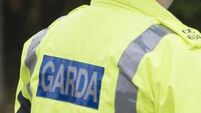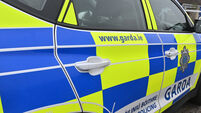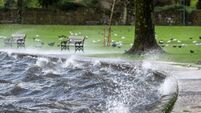VECs set to speed up school building projects
In a move giving greater responsibility to the 33 VECs when they will be replaced by 16 Education and Training Boards (ETBs) next year, 27 projects at a mix of new schools and replacement buildings or extensions to existing schools are being devolved from the Department of Education to 13 VECs.
The move comes as the department tries to cope with demand for school places caused by Ireland’s soaring birth rate. It is at its highest since records began more than 50 years ago, according to Central Statistics Office. September figures showed that 19,950 children were born in the first three months of 2011 — 7.6% more than in the first quarter of last year.
The department is anxious to ensure schools projects in areas identified as having the most urgent needs are progressed quicker. Delays in a number of major projects in recent years forced the department to hand back the money or divert it to third level building works, while 2012 funding for school projects could be cut in line with reduced spending on all capital works.
The new system of devolving large projects to VECs will help to meet some of the increased demand for school places, accommodating more than 21,000 students, 14,000 of them in new or expanding schools.
“The department has a small team who deal with all schools in the country and being hands-on managers on all these projects would take up a significant amount of their time,” a department spokesperson said.
With projects being managed by VECs, and one being devolved to Louth County Council, the staff involved would have local knowledge and may be more readily available than department staff to meet schools or contractors. This should free up department officials to give more time to other large projects.
Education Minster Ruairi Quinn said that he is pleased to see that VECs are responding to communities’ needs by agreeing to take on the role of managers for the major projects in their areas.
Recent birth-rate figures reinforce Department of Education projections that there will be almost 26,000 more children in our 3,300 primary schools by 2014, including a jump of almost 10,000 new pupils in two years’ time.
The numbers have been on the rise for a decade and are expected to go up by an average 5,700 each year to almost 555,000 by September 2018. The longer-term effects of the population increase mean student numbers at second level will rise by 65,700 to 383,000 in 2024, including 25,000 additional students between last year and 2017.











